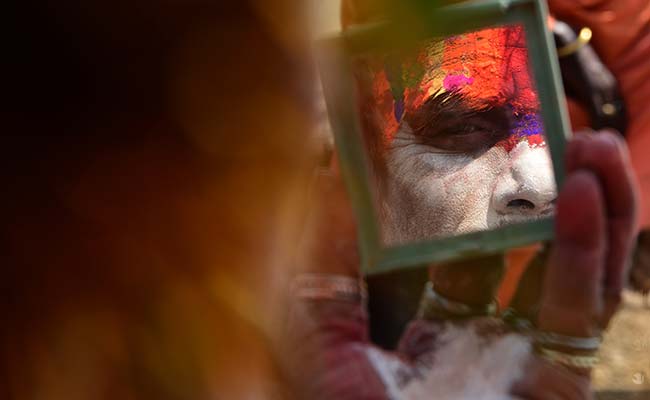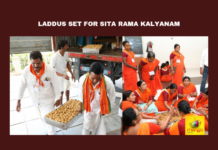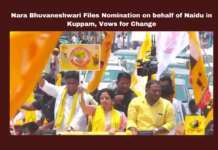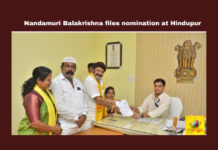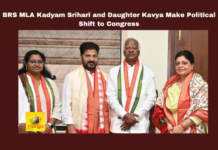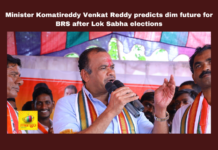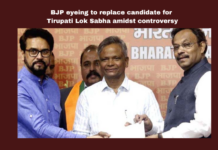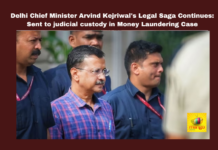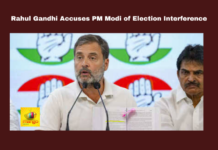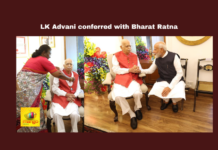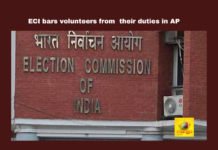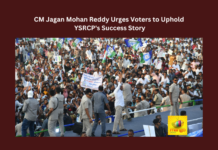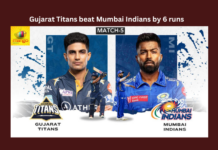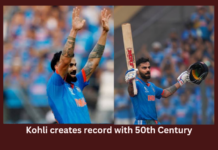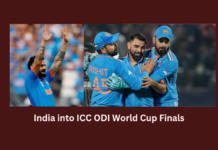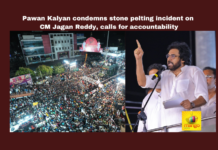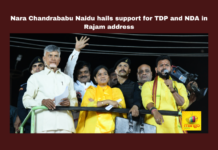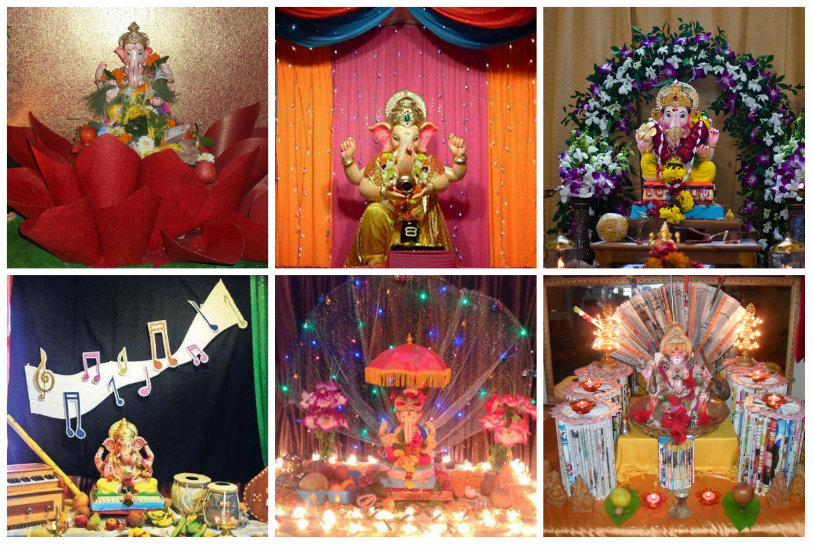India is the land of festivals and one among those bountiful blessings that we receive every year is that of Maha Shivaratri. Although Shivaratri is celebrated every month on the 13th or 14th night, Mahashivaratri marks as an important cult ceremony that comes once every year in the month of Phalguni. Being a country with diverse beliefs, there are numerous reasons why Shivaratri is celebrated. Here are some of the main ones.
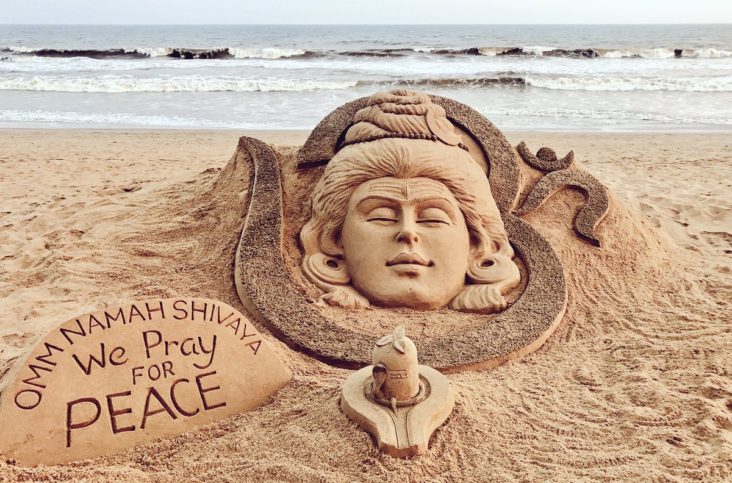

- The Marriage of Goddess Parvati and God Shiva
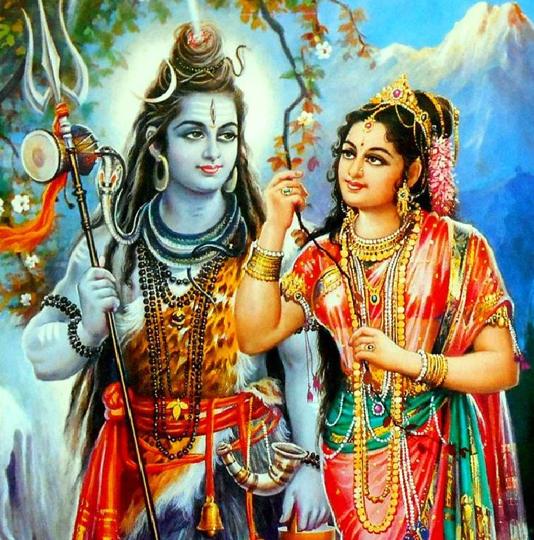

North Indians believe that this is the auspicious day when Parvati and Shiva entered wedlock. The procession of the groom called as ‘Bhole ki Baraat’ is also taken out and the devotees sing and make merry on the joyous event.
- The Story of Shivalinga
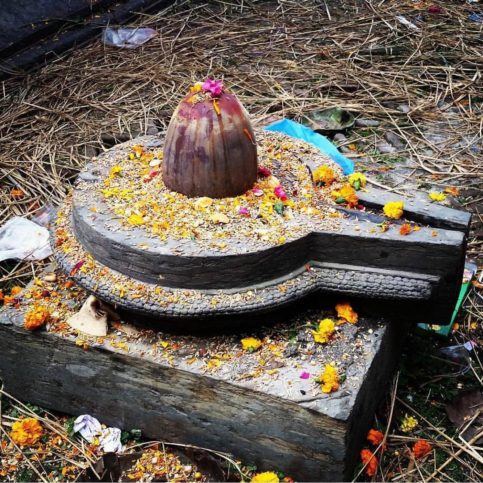

As the legend goes, supposedly there was a hunter who couldn’t find any meat on this night. As night fell, he climbed up a betel tree to pass the night on an empty stomach. To divert his attention from the raging hunger, she started picking the leaves off the tree and throwing them down, without realizing that a Shivalinga was just there beneath. As the Sun rose, Shiva was happy with the ignorant penance of the hunter and appeared before him to give his heart’s wish. Thus many people all over the country do ‘jagaran’ (being awake throughout the night) and fast to offer their prayers to the Almighty.
- Shiva’s Dance
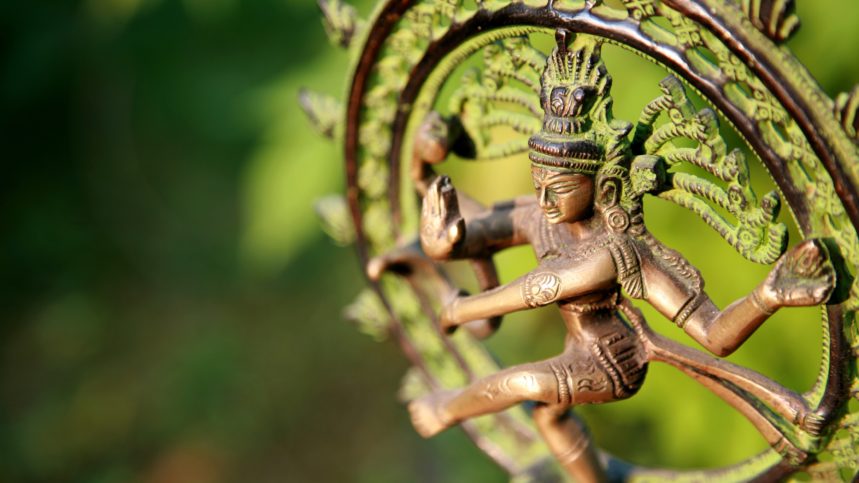

According to another popular legend, Maha Shivaratri is the night when Shiva performs the heavenly dance of creation, preservation and destruction. Nataraja – the supreme God of dances – is also another form of Lord Shiva. Shiva’s dances, the tandava and the lasya are performed in different forms by classical dancers with respect for Shiva on this holy festival to mark that life has to be rejoiced and dance is a part of that expression.
- The Narrative of Neelkanth
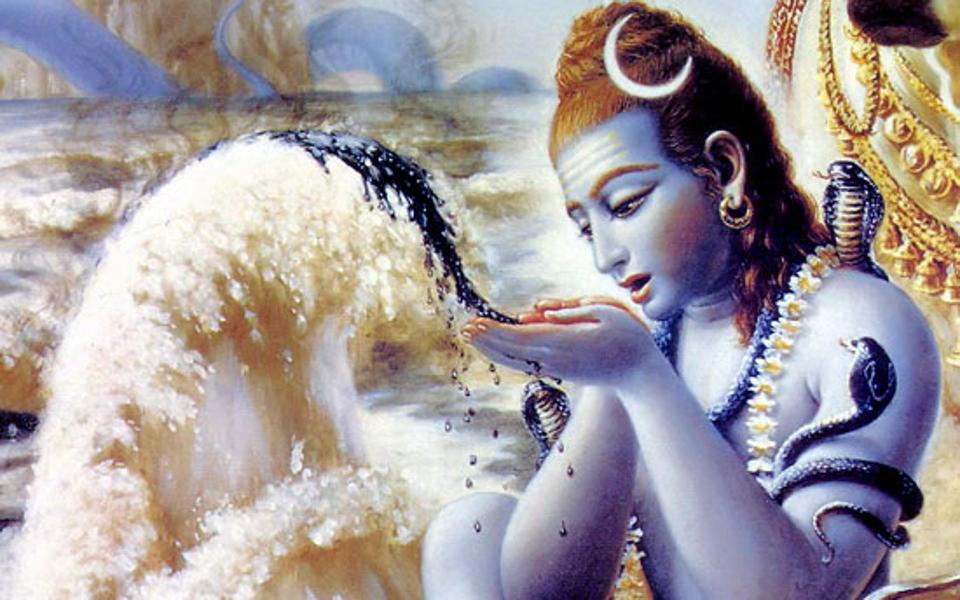

As the scriptures tell us, the Suras and Asuras had a fight over the possession of ‘Amrutham’, the gold ambrosia that gives eternal life. For this, the mountain Mandara was used to churn the ocean of milk from which a sequence of things came out. One of these was also a pot of poison. Shiva stepped in to save the world from the spreading poison by drinking it himself and holding it just around his neck. Due to this reason, his neck became blue and he is thus called Neelkanth. Indians also celebrate the day marking the sacrifice of Shiva.
- The Herath Happening
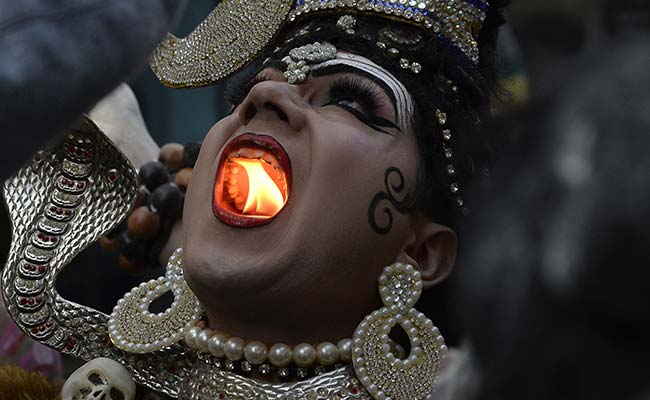

In Kashmir, Shiva followers observe the day as Har-ratri or Haerath or Herath. It is one of the biggest festivals for them especially as they consider every Kashmiri girl to be Parvati and every Kashmiri boy to be Shiva. Mentioned as ‘Bhairavotsava’ in Tantric texts, on this occasion the Bhairavas and other Ganas accompanying Lord Shiva are fed with choicest dishes up to the fill and to their satisfaction while the world rejoices the unison of the two souls.
These are a few reasons as to why we celebrate Maha Shivaratri but we do so mainly because of our faith on the ‘Bholenath’ who assures us that no matter the situation, the spirituality will uplift you. Hara Hara Mahadev!
